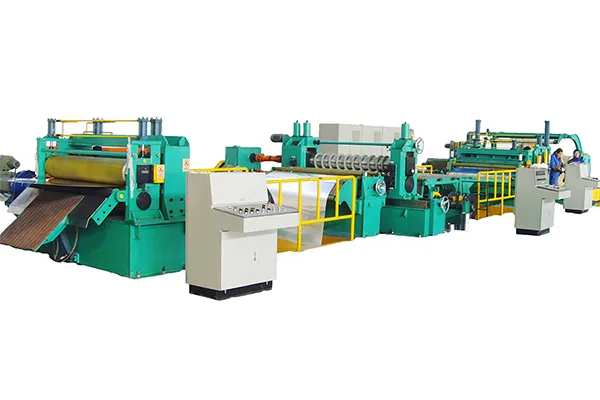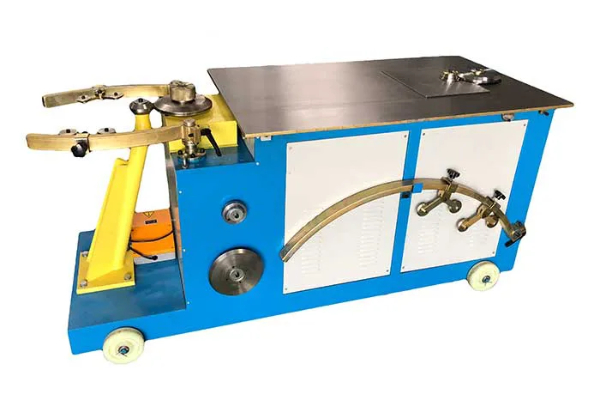
Common Mistakes to Avoid with Plate Rolling Machines
- By:Metmac
- 2024-07-26
- 152
In the realm of metalworking, plate rolling machines, with their immense power and precision, play a pivotal role. However, embarking on this formidable task requires a keen eye for detail and a deep understanding of potential pitfalls. To prevent your rolling journey from becoming an unforgiving battleground, heed these cautionary tales.
1. Ignorance of Material Properties
Underestimating the nuances of the material being rolled is a recipe for disaster. Different metals exhibit unique behaviors under compression. Ignoring these intricacies can result in excessive cracking, buckling, or even catastrophic failure. A thorough study of the material’s properties and recommended rolling parameters is essential to avoid these perils.
2. Oversized or Undersized Rollers
Selecting the appropriate roller size is crucial to achieve the desired results. Using oversized rollers may lead to excessive thinning and the formation of unwanted wrinkles. Conversely, undersized rollers can struggle to impart sufficient force, resulting in incomplete rounding or a stretched and compromised surface.
3. Insufficient Lubrication
Friction is the insidious enemy of plate rolling. Inadequate lubrication can cause the workpiece to seize, leading to irregular distortion, excessive wear and tear on the rollers, and even potential damage to the machine itself. A steady supply of lubricant is paramount to ensure a smooth and efficient rolling process.
4. Poorly Adjusted Roller Gap
Precision in setting the roller gap is vital. A gap that is too narrow may result in excessive deformation and internal stresses, while a gap that is too wide may cause the workpiece to slip or buckle. A calibrated approach and meticulous attention to detail are necessary to achieve the optimal gap setting.
5. Neglecting Stress Relief
After rolling, the workpiece may harbor internal stresses that can lead to unexpected warping or cracking. Neglecting stress relief through annealing or other techniques can compromise the integrity of the final product. A proper understanding of stress relief methods is essential to ensure long-term stability.
6. Overfeeding or Underfeeding
Consistency is key when feeding the workpiece into the rolls. Overfeeding can lead to excessive thinning, while underfeeding may result in gaps or voids in the rolled section. Maintaining a steady and controlled feed rate is paramount to achieve a uniform and satisfactory result.
By avoiding these common mistakes, you can harness the full potential of your plate rolling machine. Remember, success lies in attention to detail, a deep understanding of materials and processes, and the unwavering pursuit of precision. May your rolling endeavors be free from these perils and yield extraordinary results that redefine metalworking excellence.
-
Metal Punching Machine: Engineering Holes, Slots, and Forms with Unmatched Precision
2025/11/15 -
Sheet Metal Rolling Machine: Shaping the Curves of Modern Industry
2025/11/15 -
Metal Shear Machine: The First Cut in Precision Fabrication
2025/11/15 -
Metal Bending Brake: The Cornerstone of Precision Fabrication
2025/11/15
-
Advanced Sheet Metal Rolling, Laser Cutting, and Folding Machines for Precision Fabrication
2025/10/31 -
High-Performance Sheet Metal Bending and Cutting Machines for Modern Fabrication
2025/10/31 -
High-Quality Sheet Metal Equipment for Sale: Efficient Solutions for Modern Manufacturing
2025/10/31 -
High-Performance Sheet Metal Equipment for Sale: Forming and Shearing Solutions for Modern Fabrication
2025/10/22
-
A Guide to the Latest Innovations in Sheet Metal Folding Machines
2024/11/29 -
Key Features to Consider When Investing in a Sheet Metal Folding Machine
2024/11/28 -
Enhancing Precision with Advanced Sheet Metal Folding Machines
2024/11/27 -
How to Choose the Right Sheet Metal Folding Machine for Your Workshop
2024/11/26







